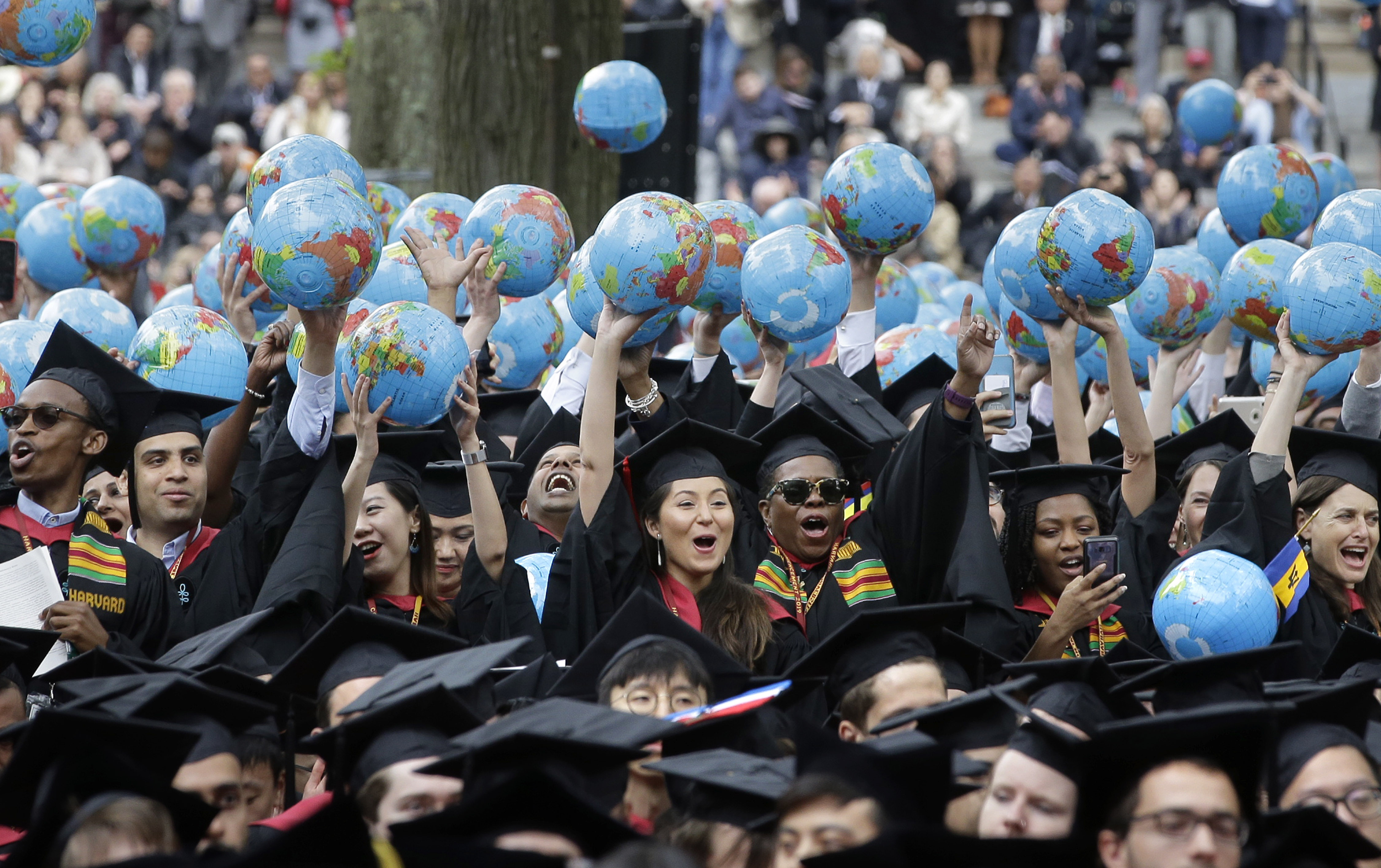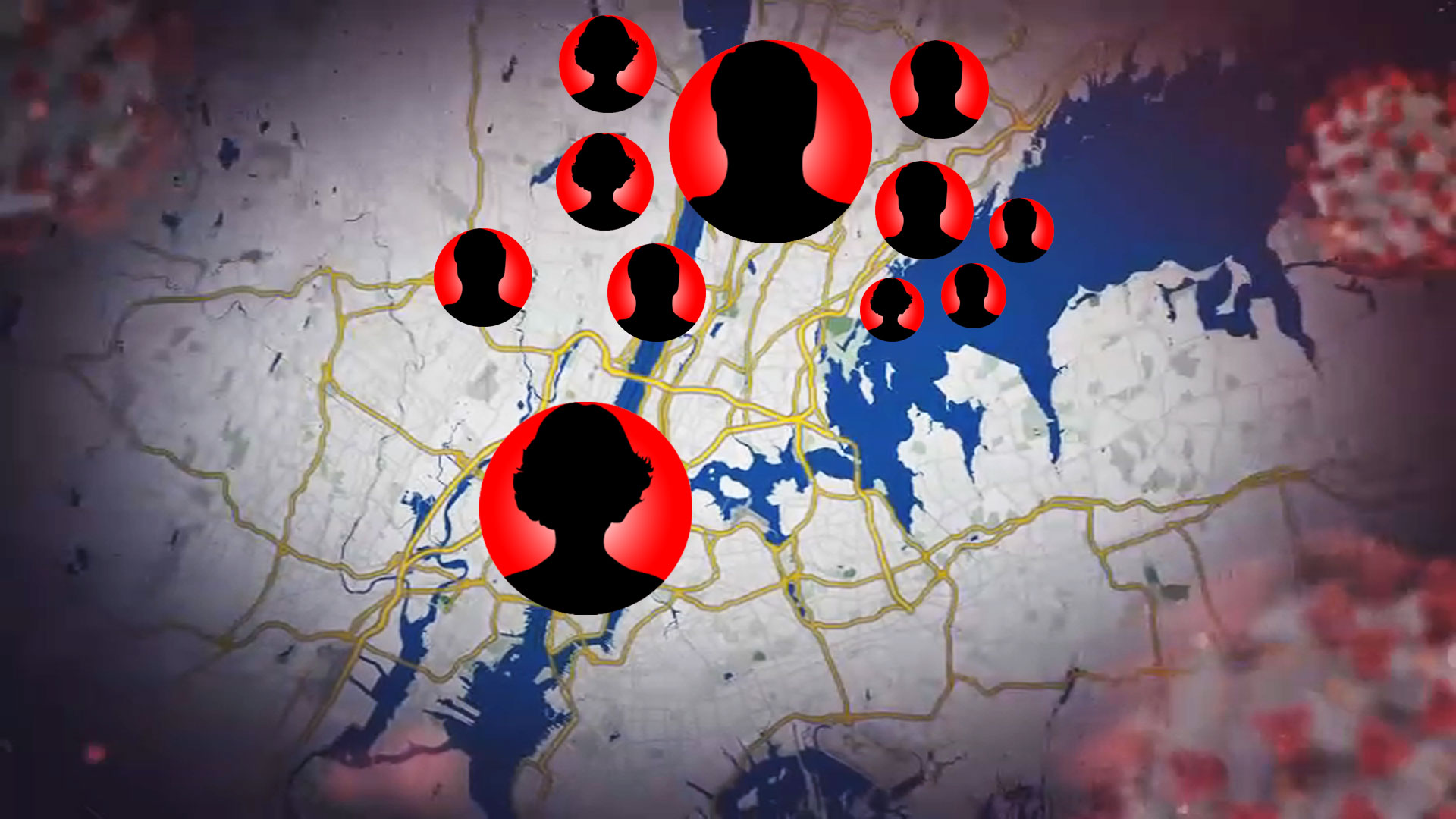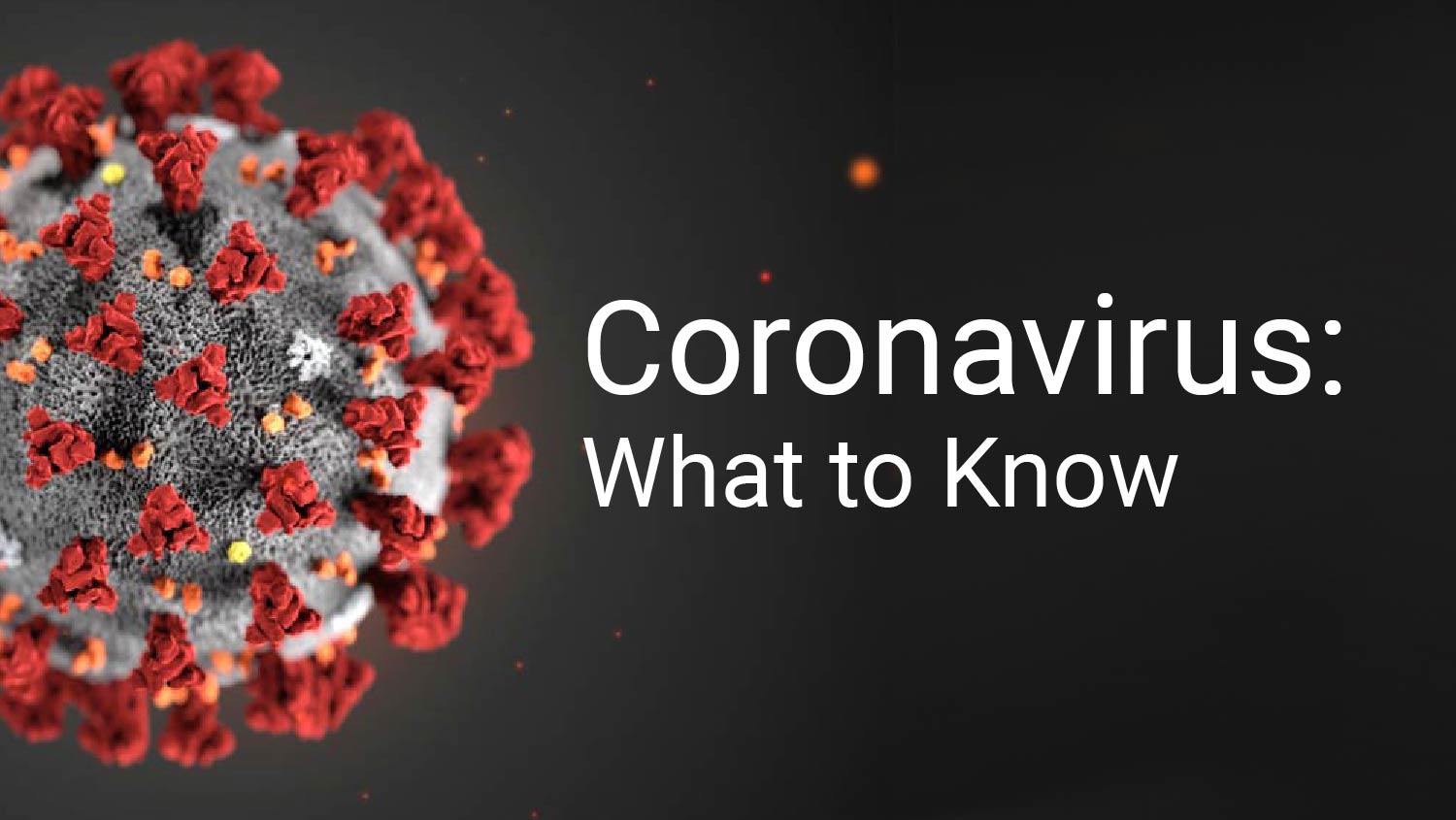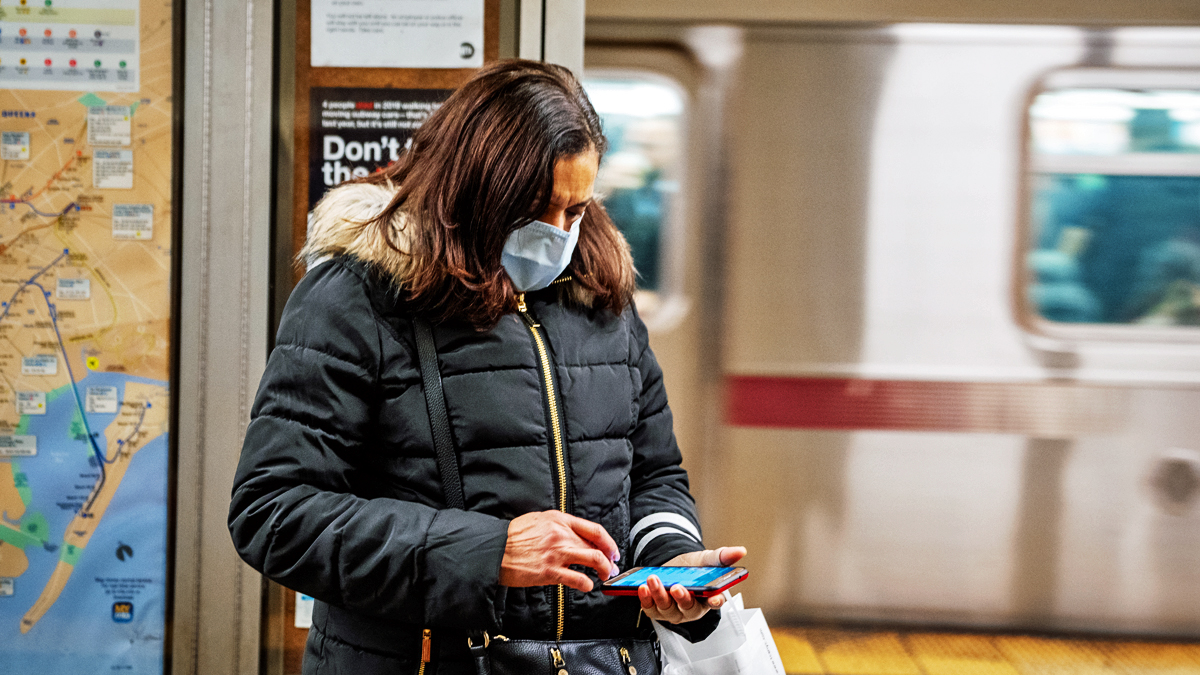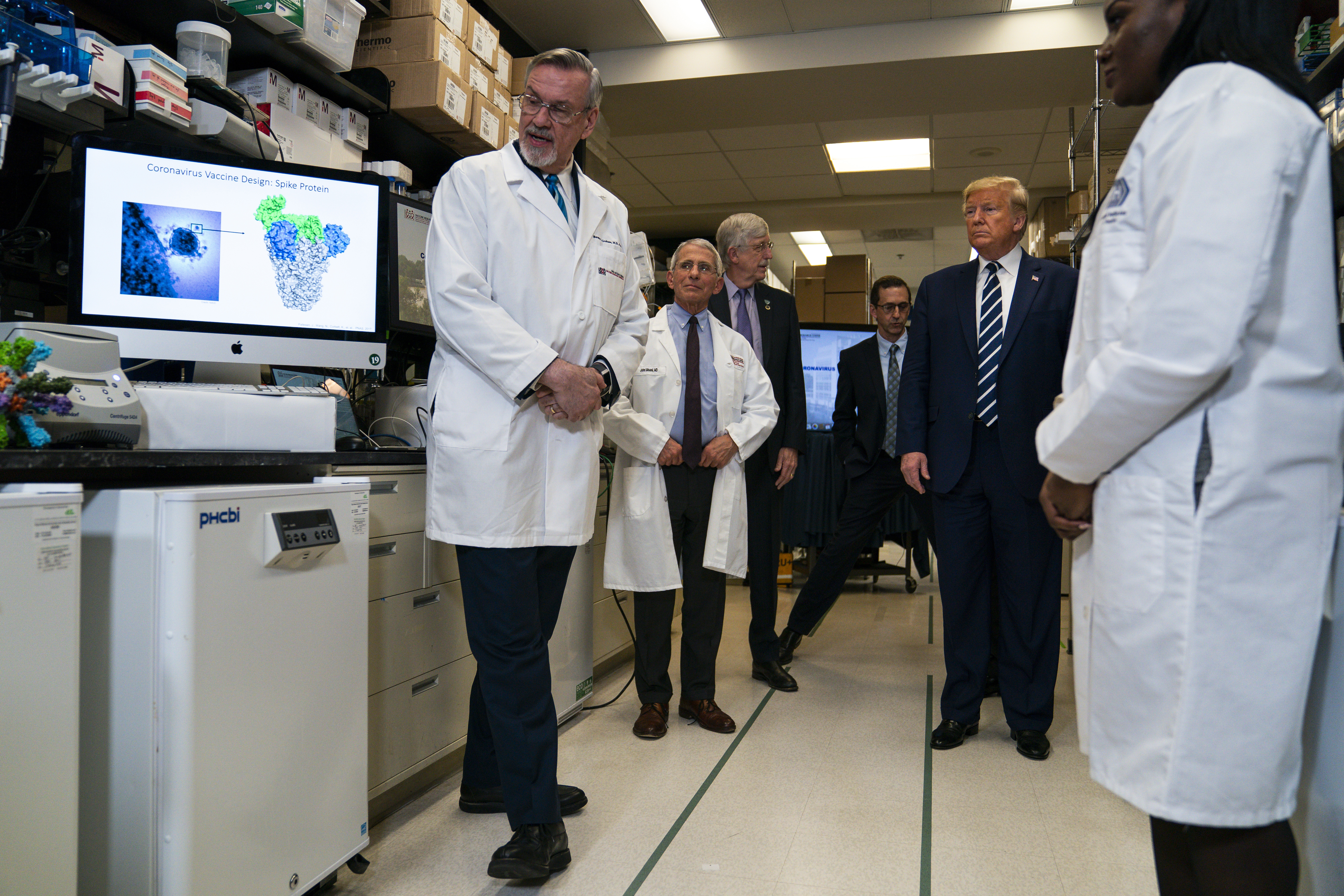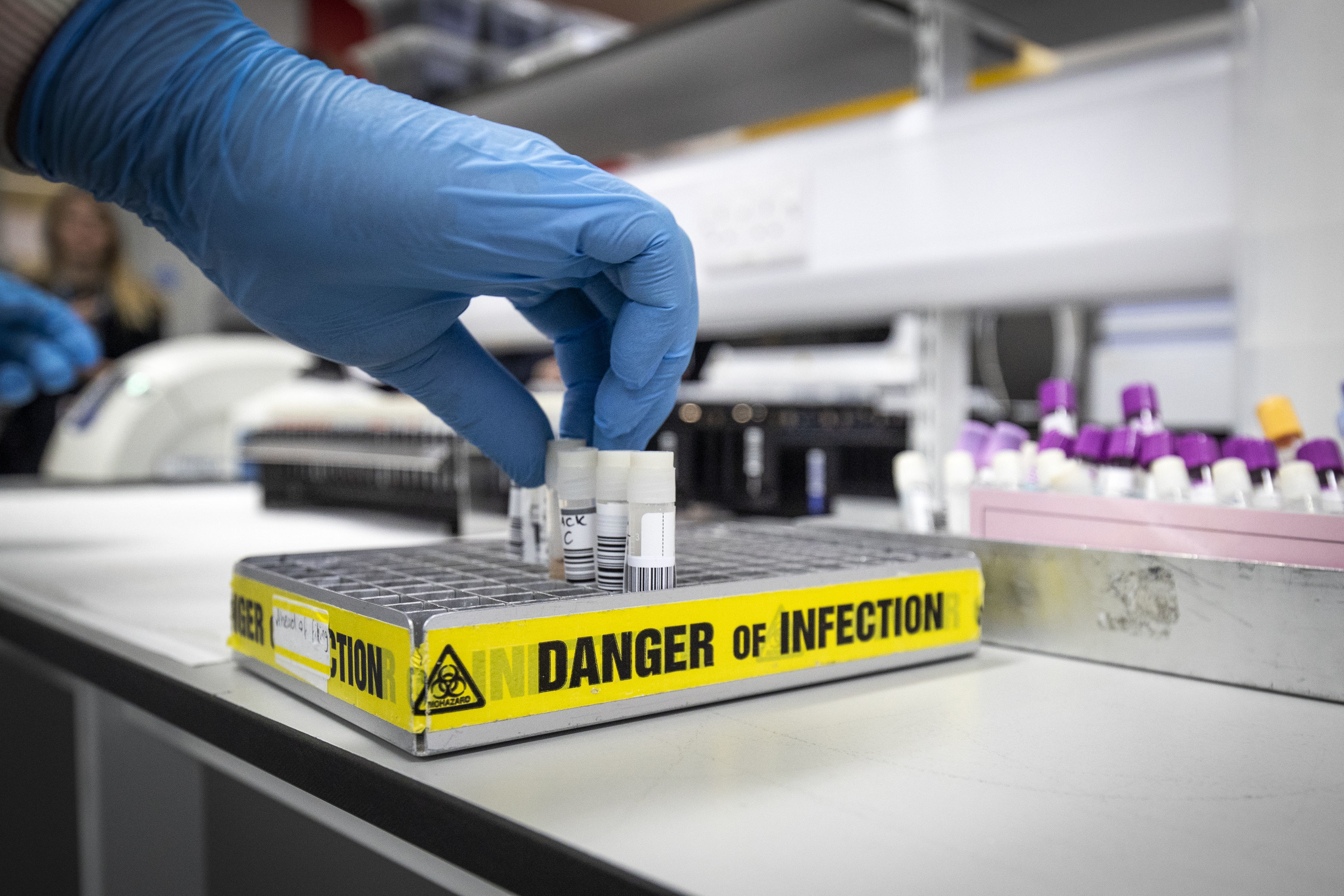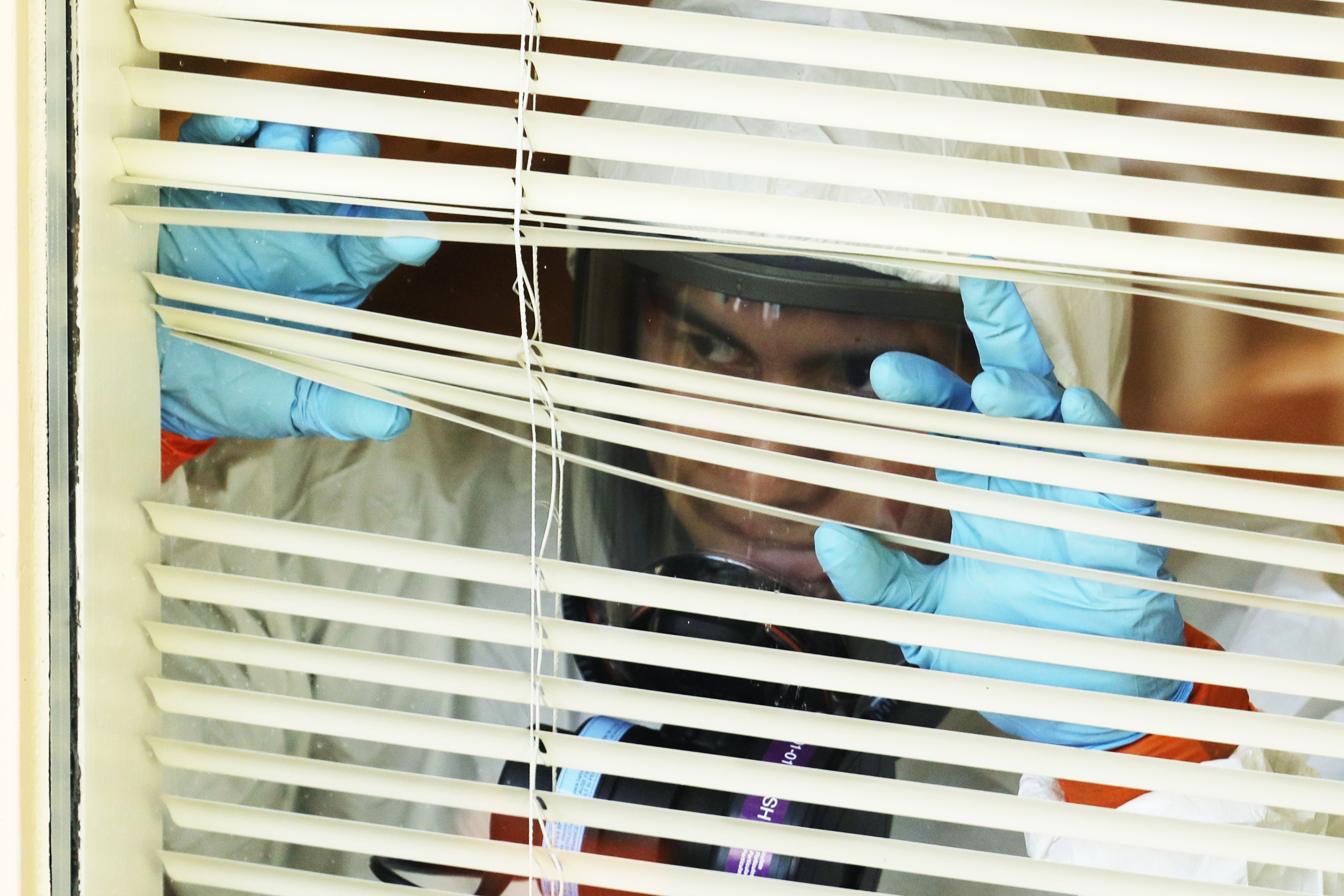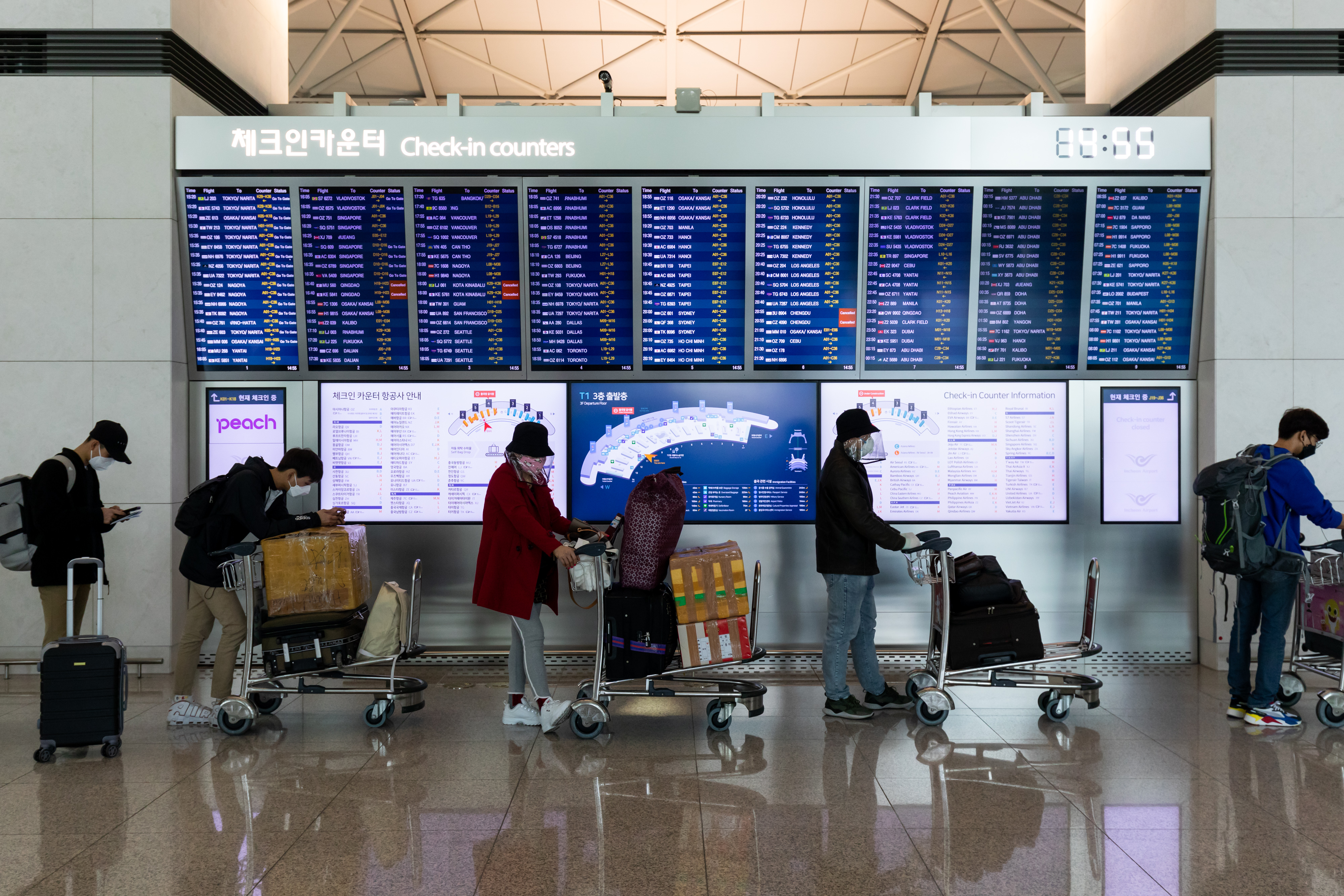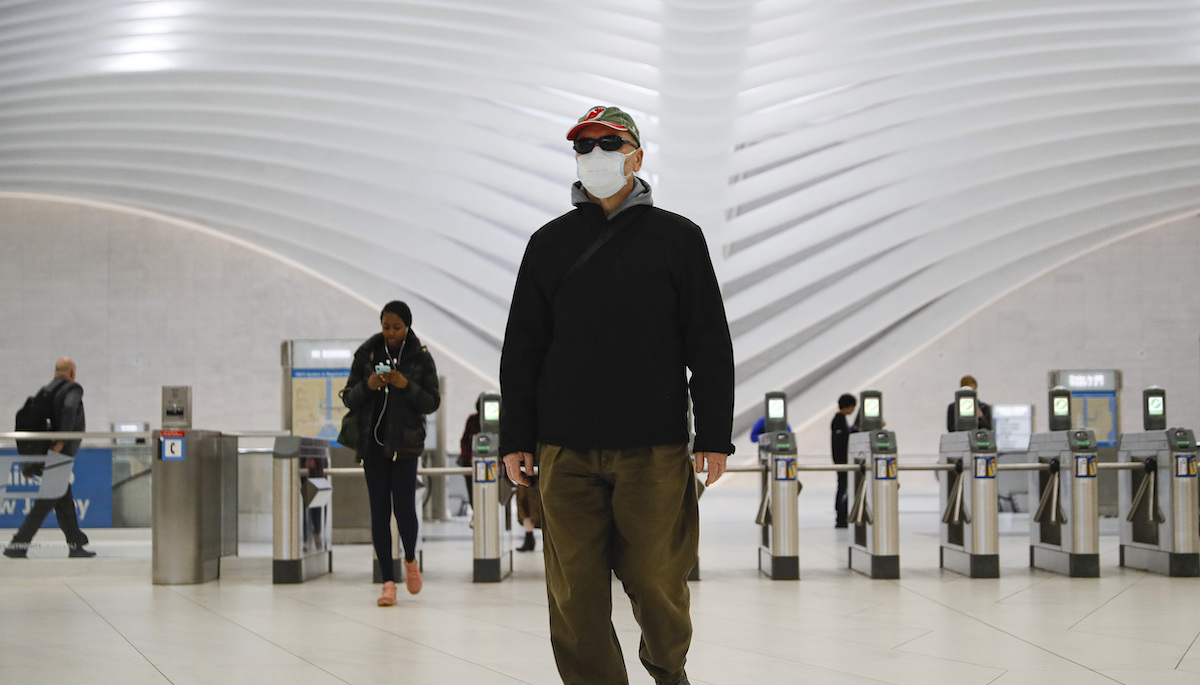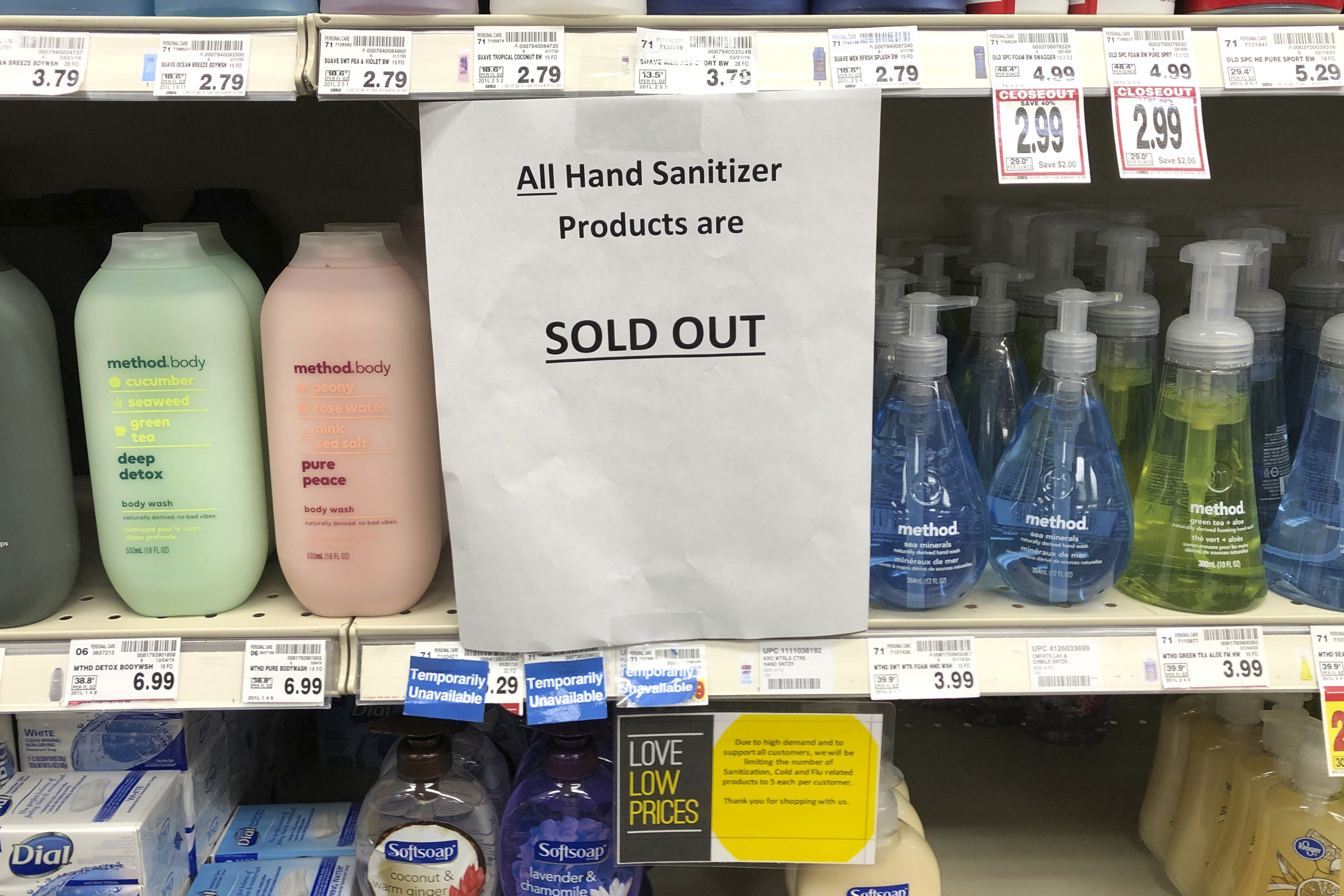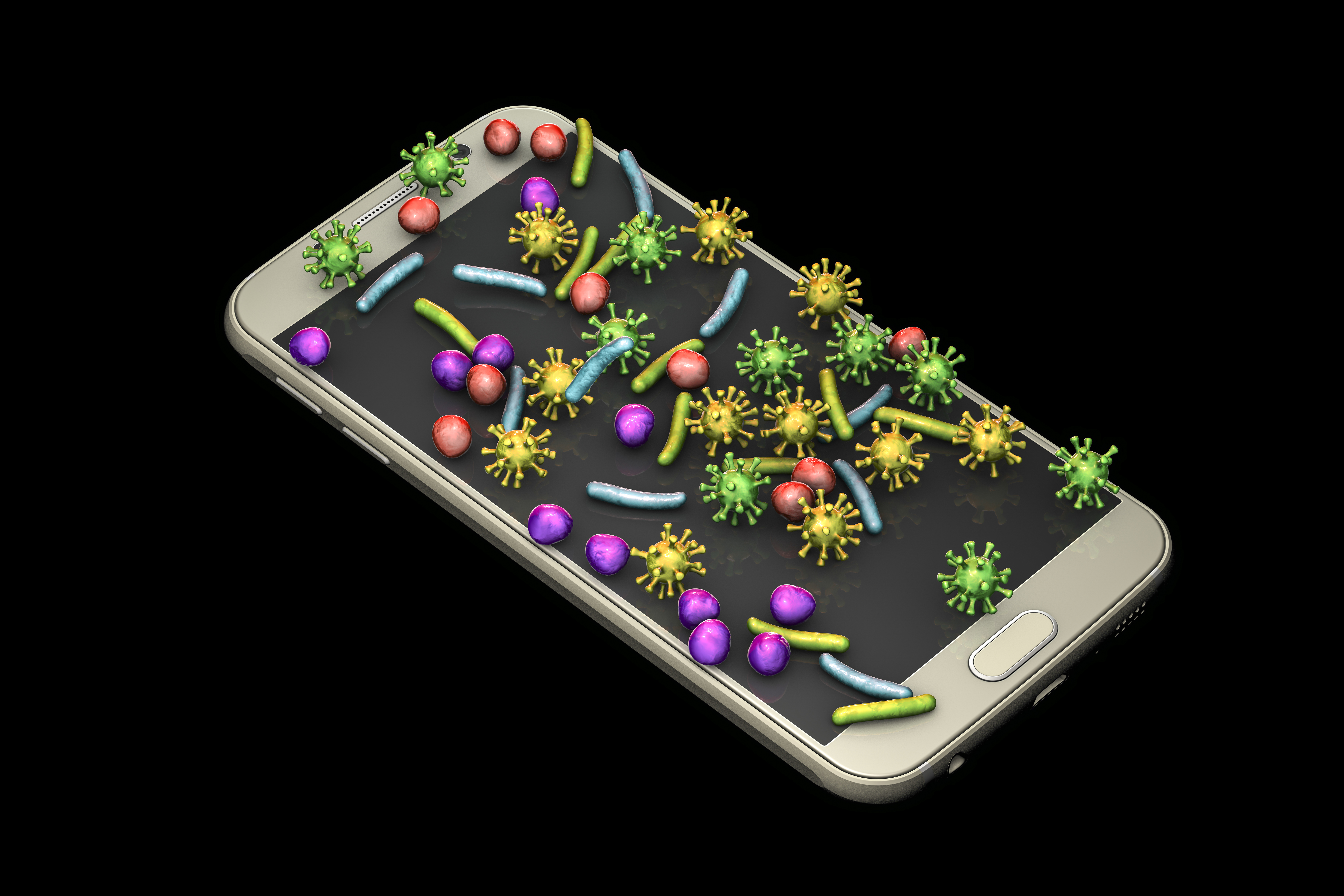What to Know
- U.S. coronavirus cases have surpassed 2,000; more than four dozen people have died, including one man in New Jersey
- The state of New York has more than 400 cases, growing by almost a third since Thursday; most of the cases are in NYC and Westchester
- Governors in New York and New Jersey have declared states of emergency, and the usage of public transit is plunging
On Friday, New Yorkers experienced their famously bustling city slowed by the COVID-19 pandemic: no Broadway, no major sporting events or concerts, emptying offices, "ghost town" transit hubs — and a populace unnerved by an ever-worsening crisis that officials warned will last for months.
Underlining the threat, Gov. Andrew Cuomo said Friday that New York is now among the hardest-hit states in the country. The state now has 421 cases of COVID-19, he said, including just over 150 in New York City. That number is an increase of nearly 60 cases from Thursday.
There were 35 COVID-19 cases in Manhattan, 26 in Queens, 24 in Brooklyn, 13 in the Bronx and five on Staten Island. One of the Staten Island cases involved a special education student from the Richard Hungerford School at New Dorp High School. That school was closed Friday and will be cleaned over the weekend, with the hopes of reopening on Monday.
A teacher at the Brooklyn Occupational Training center also self-reported having the virus, which tests later confirmed. Officials have since closed the school, and because there are medically fragile students who attend, is was not known when the school would be cleared to reopen.
"This is going to be everywhere," he said. "My guess is there are thousands and thousands of cases walking around the state of New York."
Meanwhile New Jersey Gov. Phil Murphy said it was an "inevitability" that all schools in the state would close, and he raised the prospect of taking the recommended 250-person limit on gatherings and making it mandatory.
President Trump declared a national emergency Friday afternoon, which would free up another $50 billion for more relief efforts. He also enlisted some of the nation's largest retailers, including Walmart and Target, to host drive-thru testing in their parking lots.
The president also called on all U.S. hospitals to activate their emergency preparedness plans and gave permission to waive federal regulations to give doctors and hospitals “flexibility” in treating patients. That could possibly allow for easier admission to nursing homes and end limits on the length of hospital stays and the number of beds available. Interest on all federal student loans was waived as well.
In New York City, Mayor Bill de Blasio doubled down on his decision to keep the city's public schools open, saying he fears the "unintended consequences" of what could happen should they close their doors.
"I understand the anxieties right now. My strong belief is schools weren't open, children would go all over looking for something to do ... no pristine quarantine," de Blasio said, adding that parents he talked to agreed that without school, kids would go hang out with their friends and go anywhere — thereby defeating the purpose of any quarantine-like scenario.
"I think there is an illusion you can shut down schools temporarily. If you shut down, you have to be ready that that's it for the school year — that could be it for the calendar year," he said.
While schools will remain open for the foreseeable future, there will be some modifications made in order to help prevent coronavirus from potentially spreading. Field trips will be canceled, the mayor said, and breakfast and lunch may be served in some classroms, so all the students aren't gathered together in large groups in cafeterias. Physical education classes will be altered to so more time can be spent in outside, open areas.
Despite some private schools and universities closing around the city, as well as calls online to #CloseNYCSchools, the mayor said that they are going to try their "damnedest" to keep New York City schools open as long as possible. Many have asked why, particularly when large-scale venues are shutting down to try to reduce density in any one space at one time.
“The danger of going to a full shutdown is it will degrade not only people's lives on a host of matters, including their health and safety and other ways,” de Blasio said. Some people have to work, the mayor added, noting, "That includes a lot of parents we depend on, first responders, health care professionals -- it’s a very slippery slope.”
There were only a few public schools in the city closed Friday due to confirmed COVID-19 cases in the community. Attendance in city schools did take a significant dip on Friday, with schools reporting just 68 percent of students attending on Friday — down from above 80 percent Thursday. There was also a slight uptick in teacher absenteeism Friday, according to a city official.
"I think there's a shock right now, the last few days have been a shock to the system," the mayor said. "I want to see where things are in a week or two weeks."
Parents who do opt to hold their children out of school as a precaution, though, should know that their kids will not be penalized for being absent. even with more students not attending school, the mayor said there was no "hard and fast" threshold set for when he would consider closing schools.
Get full details on those closures and other school impacts across the tri-state here.
Coronavirus Impacts
De Blasio signed a state of emergency declaration for the city on Thursday, cautioning the surge in positive tests is far from over and projecting the five boroughs could see 1,000 cases by next week. Just Friday morning, a member of the New York City Council, Bronx councilman Fernando Cabrera, posted on Facebook that his son has caught the virus -- and warned members of their church, where the elder Cabrera is pastor, to take precautions.
The surge in cases has already triggered huge public anxiety despite authorities' best efforts to make the health facts clear: Eighty percent of people who get COVID-19 self-resolve without medical treatment; the vast majority of city- and state-run tests have been negative and the overall risk to the general public is low. That said, the spread must be contained -- primarily to protect the most vulnerable populations like the sick or elderly.
To further those efforts, Cuomo opened a drive-thru testing center in crisis epicenter New Rochelle on Friday, a six-lane facility that can test the occupants of up to 200 cars per day.
Those who want to arrange testing at the New Rochelle facility can call 888-364-3065
"We do have a crisis in testing. We're not up to scale," Cuomo said.
He enacted sweeping directives earlier Thursday, banning crowds of 500 people or more and darkening Broadway. How long will it all last? De Blasio said large venues, including Madison Square Garden and Barclays Center, could be shuttered through as late as September. Broadway is scheduled to reopen next month.
"The prism I'm looking at this from is: this is war," the mayor said.
The pinch on the city's businesses came quickly. The New York Times quoted famed restaurateur Danny Meyer as saying he would close all 19 of his locations in the city effective immediately, including destinations like Gramercy Tavern and Union Square Cafe.
The situation is highly fluid, though, and de Blasio said "every scenario" is regularly being evaluated.
Tracking Coronavirus in Tri-State
The mayor also repeated his call on Friday that more facemasks were needed for the city, in order to supply first repsonders and those could be treating infected patients, especially hospital workers. He said that the city has just over 500,000 masks, but they want 2.2 million more.
Similarly, the NYC Police Benevolent Association said that their officers were not getting proper equipment — namely masks and gloves — to do their jobs safely and filed a complaint with the state's employee safety and health bureau. The NYPD called the claims "empty rhetoric," and said the department was working with city hall as they were coordinating to redistribute supplies.
What could come next? De Blasio detailed which measures could be taken by the city in order to help contain the outbreak as authorized by the city's state of emergency. While he made it clear that none of these measures have been activated, the order enables him to issue directives including:
- Enacting a city-wide curfew
- Controlling which vehicles can enter and leave parts of city
- Closing down public transportation
- Ordering hospitals to postpone elective surgeries
- Putting rations on certain supplies
- Suspending sales of alcohol, firearms and other items
- Prohibiting or restricting number of people on streets and public places
- Regulating or closing public spaces
- Enacting emergency shelters
- Limiting maximum building occupancies
Any decision to halt MTA service would come from Cuomo in concert with medical professionals, the agency's chairman said on "Good Day New York."
In the meantime, "Mass transit is not shutting down. The system is safe," MTA Chairman Pat Foye said.
The MTA said Friday that Long Island Rail Road ridership is down 31 percent, Metro North ridership is off 48 percent, subway traffic is down 19 percent and bus usage is down 15 percent.
Coping With the Outbreak
Meanwhile, New Jersey now has 50 cases, including newly confirmed infections Friday in Jersey City and Hoboken, their first each. Connecticut has 11 presumed positives, most of which were in Fairfield County. See a tri-state case breakdown here.
Nearly half of the state's cases are in Westchester County, where the midtown Manhattan lawyer linked to what Cuomo has called "the most significant cluster" in the nation lives with his family in New Rochelle. He is one of the relatively few COVID-19 patients to still be hospitalized.
Latest Guidance and What's Next
The CDC said this week it would send more than half a billion dollars to state and local jurisdictions for COVID-19 response, but both Cuomo and de Blasio have slammed the federal government for what they have described essentially as a "too little, too late" — and woefully slow — response.
Cuomo described the government lack of testing as the "public health version of Hurricane Katrina." Vice President Mike Pence acknowledged testing has been an issue since the start of the outbreak, but said every state now has testing capability at state labs, and that the U.S. is working to expand number and access to coronavirus tests in all 50 states, also via commercial and private labs like Labcorp and Quest.
In an effort to control the spread of the virus, the Department of Homeland Security on Friday put out a list of airports that U.S. citizens, legal residents and their immediate families are required to travel through to re-enter the country if they are coming from certain European countries, China and Iran. Of the 13 airports listed, New York CIty's JFK Airport and New Jersey's Newark Airport were both listed.
Local governments are also implementing changes — some major, some minor — that may impact the daily lives of people who will never get COVID-19. Here's a breakdown of what's happening in that regard by state.
Latest Coronavirus News
How to Protect Yourself
New York City's Health Department released the following guidance for people who recently traveled to China, Iran, Italy, Japan or South Korea -- or for anyone who experiences fever, cough or shortness of breath:
- Stay home — do not travel or go to work or school while sick
- Go to a health care provider and tell them about your travel history
- If you do not have a health care provider or insurance, call 311
- Avoid contact with others
- Wash hands often with soap and water for at least 20 seconds. Use an alcohol-based hand sanitizer if soap and water are not available
- Avoid touching your face with unwashed hands
The New Jersey State Department of Health has established a 24-hour coronavirus hotline to answer questions: 800-222-1222. New York has a similar hotline set up: 888-364-3065.
What to Know
Nationally, the CDC says that as of Friday, it had 1,629 cases and 41 deaths reported from 46 states and Washington, D.C. In more than 1,300 of those cases, authorities still don't know how the virus was contracted. That total number is only updated once a weekday though and reporting closes out at 4 p.m. the day before. The actual case total could be higher.
As of Friday night, NBC News reported more than 2,000 cases and 50 deaths nationwide, one more than the CDC accounted for; 37 of the fatalities have been in Washington state, where America's very first case was reported.
Quick Tips to Help Keep You Safe
Help may be on the way. President Trump has signed an $8.3 billion measure to fuel national efforts to combat the spread. The legislation provides sustenance for a multifaceted attack -- money for vaccines, tests, potential treatments and to help local governments respond to the virus.
Worldwide, the virus has infected more than 132,000 people and killed more than 5,000, according to the World Health Organization. CDC officials warned for weeks to expect a disruptive spread of the virus in America. Here's where we stand now as far as developing a vaccine. On Wednesday, the World Health Organization said it had made the assessment that COVID-19 could be characterized as a "pandemic."


